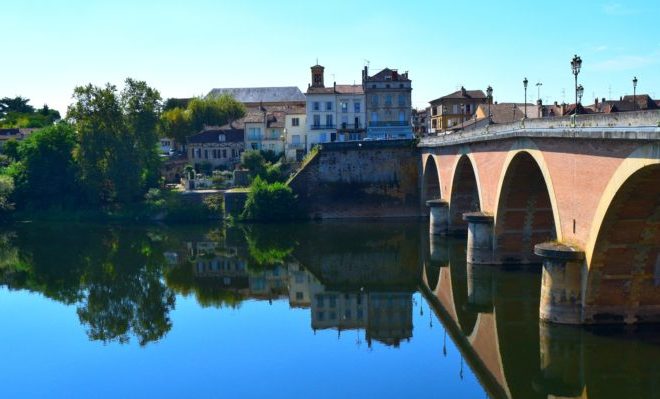5 Reasons to Visit… Bergerac
An endearing half-timbered town and magnet for British ex-pats, Bergerac in the Dordogne offers a quaint slice of history away from the madding crowds.
Old-world charm
One of Bergerac’s biggest draws is its ‘old town’, a medieval district with cobbled paving and pretty half-timbered houses. Place Pelissiere is the area’s go-to square for a spot of lunch, with a selection of outdoor cafés and a fountain at the courtyard’s centre. Here you’ll also find the attractive stone Saint Jacques Church and one of two Cyrano de Bergerac statues in the town (more on those later). With its historic appeal and quintessential French loveliness, it’s the perfect getaway for a quiet summer in the country.
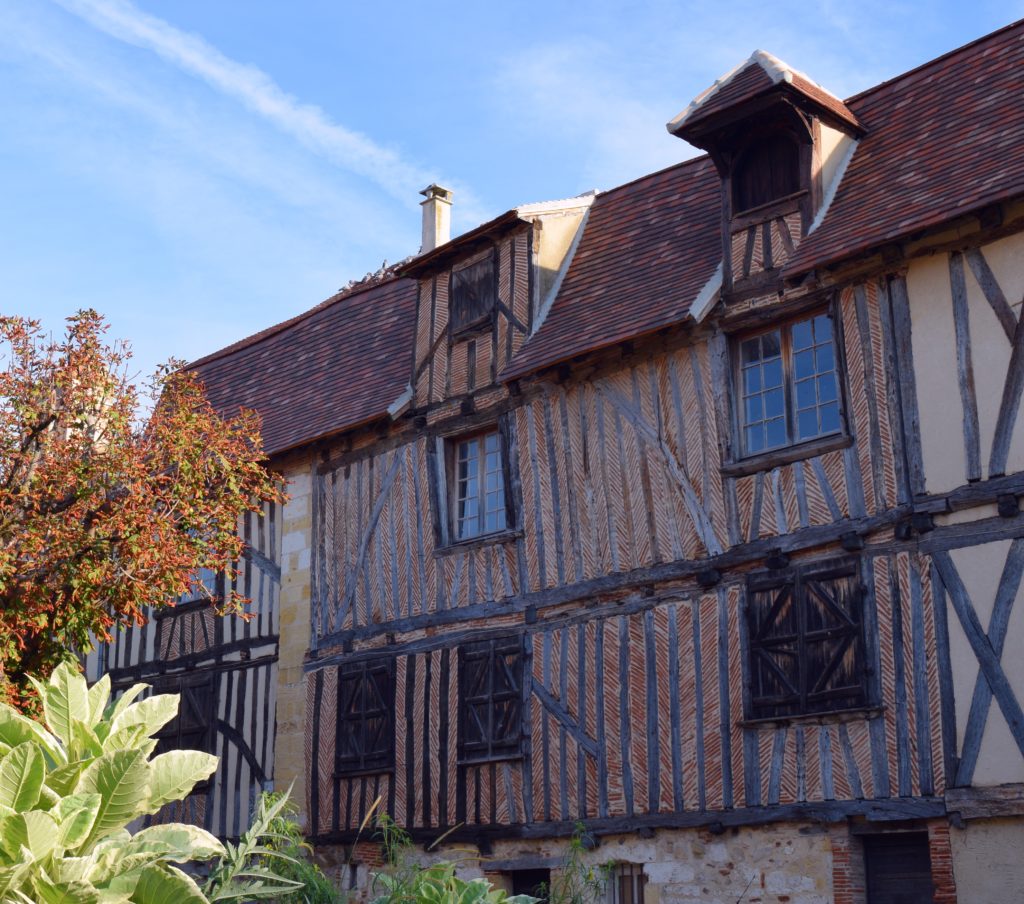
photo: Fleur Buckley
A way with wine
Just southeast of Bordeaux, Bergerac is the largest of the Dordogne’s wine appellations – which speaks volumes about its vin culture. The area is home to more than a dozen Appellation d’Origine Contrôlées (AOCs), covering red, white and rosé variations, including the sweet white Monbazillac and deep red Montravel. Naturally, vineyard tours and tastings are part and parcel of visiting this corner of France.
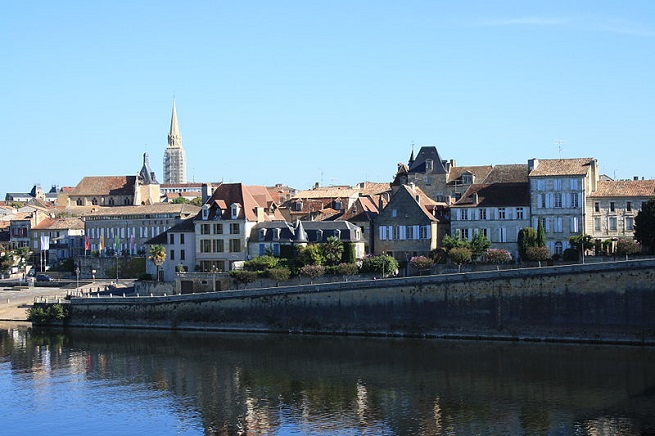
photo: Lionel Allorge
Tourist-friendly
From museums and castles to the historical figure who shared its name, Bergerac boasts a wealth of noteworthy attractions. Let’s start with the 17th-century novelist, playwright and subsequent character in the late 19th-century play written by Edmond Rostand. While there’s no proof that Cyrano de Bergerac ever visited the town in his lifetime, the nominal link clearly warranted some sort of tribute and two statues have been erected here to commemorate the famous writer. Today, they are a real local highlight – not to mention a golden ‘selfie’ opportunity!
Bergerac also has a number of cultural museums to enjoy. The Musée du Tabac provides a curious insight into the area’s involvement with the tobacco industry, whilst the Maison des Vins offers information about the many wines of the region. Art lovers, on the other hand, can head to the subterranean Musée Costi, which celebrates the work of Greek sculptor Constantin Papachristopoulos with a selection of his bronze busts.
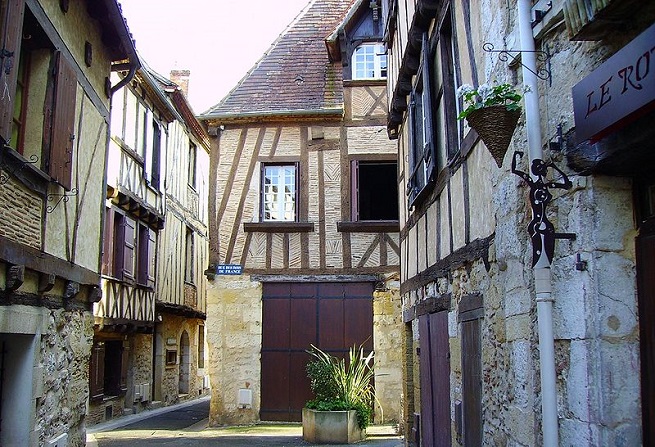
photo: Cjp24
A tale of two châteaux
There are two rather disparate castles worth seeing in this neck of the woods. Once a medieval stronghold, the Château de Lanquais is also known as ‘the unfinished Louvre of Périgord’, owing to its construction having been spread over several centuries. Within its fortified walls, period furnishings and architecture recreate everyday life from the Middle Ages to the Renaissance, making for a fascinating visit. Alternatively, the Château de Monbazillac is a rather more commercial experience with its renowned winery and rolling vineyards, plus contemporary art exhibitions. So, whether you’re a history buff, wine enthusiast or art connoisseur, all bases are covered!
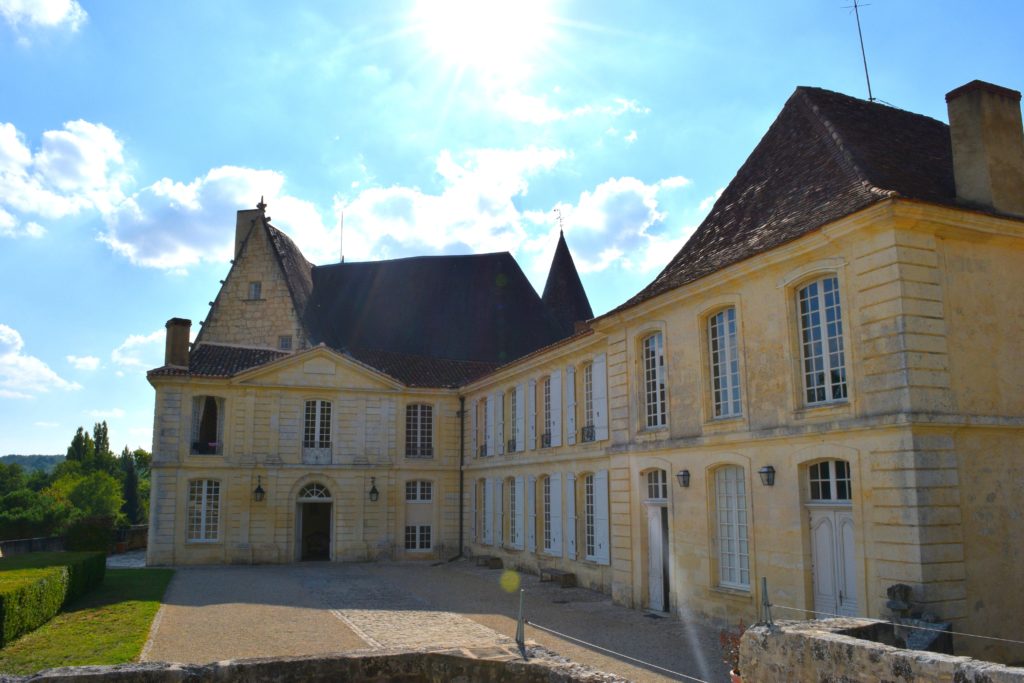
photo: Fleur Buckley
Weather to write home about
Summer months here can see 30°C highs, meaning you won’t be short on sunshine! Indulge in strolls, cycles or country-road cruises around Bergerac and the Dordogne for a summertime break you’ll never forget.
Travelling to Bergerac? Save time and money with Buggs Car Hire, your local car hire specialist. Leave your worries at home and look forward to a stress-free vehicle rental experience with personal service from the experts.
Tel: 0033 (0)5 53 74 05 86
Email: [email protected]
Bergerac Dordogne Périgord Airport
Aérodrome Roumanières
24100 Bergerac
Dordogne
Share to: Facebook Twitter LinkedIn Email
More in art, bergerac, castles, medieval, tourism, wine
Leave a reply
Your email address will not be published. Required fields are marked *

